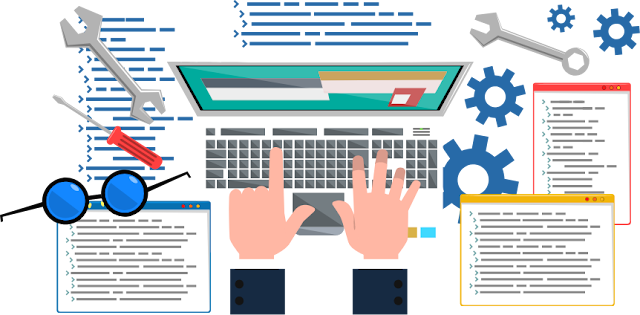Best Python GUI Frameworks for Developers
Introduction
Python developers can leverage from the possibility of writing an application from a Graphical User Interface (GUI). There are numerous Python development services that allow integration from cross-platform frameworks to platform-specific frameworks available with regards to GUI. Fortunately, many of them are freely available.
Tools
Based on the platforms, whether Windows, Linux, and Mac, the following frameworks are used widely:
Kivy
Kivy is based on OpenGL ES 2 and embraces native multi-touch for each platform. It is an event-driven framework that works around the main loop, which makes it suitable for game development. Kivy framework adds more flexibility and power due to its ability to handle widgets and animations and uses customer language for describing user interface and interaction.
Pyforms
Youngest of all, Pyforms provides 2.7/3.x cross-environment framework for GUI applications. It facilitates a platform to maintain short, clean, and reusable code. Its PyQT engine with OpenGL and other libraries provides a comprehensive set of 22 controls, based on the ControlBase object. Python web development services include a web browser, a video player and OpenGL. It uses a single code base for the programming across the web, command line, and desktop.
Qt
Qt is a multi-licensed cross-platform framework, developed, ground up and written in C++. It uses Qt library to develop native applications across many platforms with the familiar look and feel. If you plan to create an open source application, then you can use Qt for free under the community license, else you must purchase a commercial license.
Libavg
libavg is a third-party library, developed in C++ with properties such as event handler, timers (setTimeout, setInterval), logging support, etc. It uses OpenGL to leverage the hardware acceleration facility.
libavg is open source and is licensed under LGPL. Majorly used for artistic work since it owns a wide range of features used by the artistic community, such as layout engine, numerous objects, fast video effects, GPU shade effects such as Chromakey, blur, etc.
PyGUI
Another tool with the simplistic approach is PyGUI, which is tailored for UNIX, Macintosh, and Windows platforms. Its framework easily fits into the Python ecosystem giving it more power and agility. Aiming at beginners, the tool includes as little code as possible between the Python application being developed and the platform’s underlying GUI.
WxPython
WxPython is a cross-platform GUI library written in C++, which is based on WxWidgets. As WxPython is not automatically installed with Python, you will have to integrate it with your application. It provides demos and a set of tutorials that will enable you to get started.
With WxPython, developers can design and create native-looking user interfaces for their Python applications with no modifications.
Conclusion
All these are a great set of frameworks/tools for Python Development Services and cover most of the development needs. But, there are plenty of other options available to you for integrating Python to widget libraries and GUI tools. The choice depends on you as which platform you are onto, the project requirements, the resources, and the budget.

Comments
Post a Comment